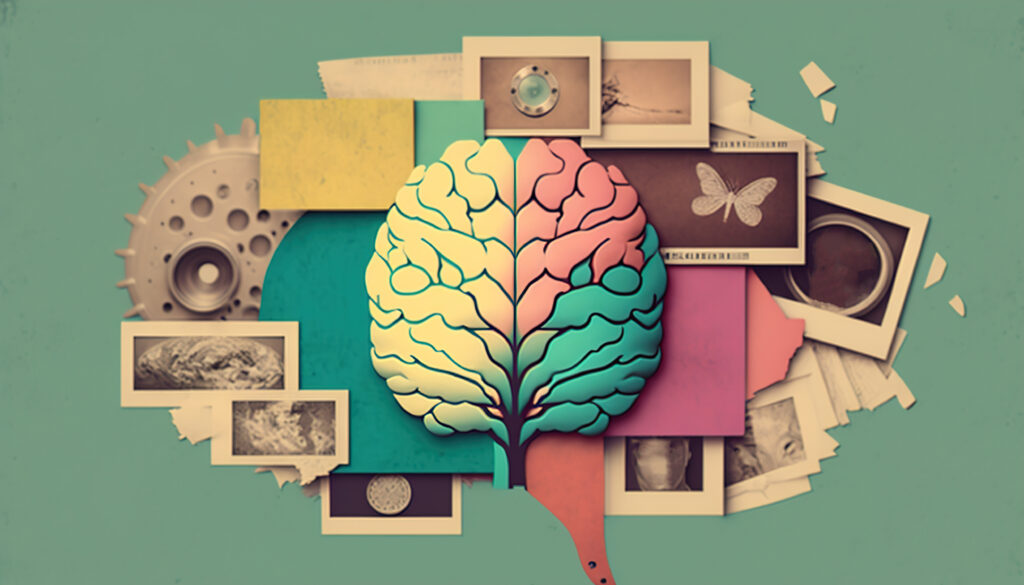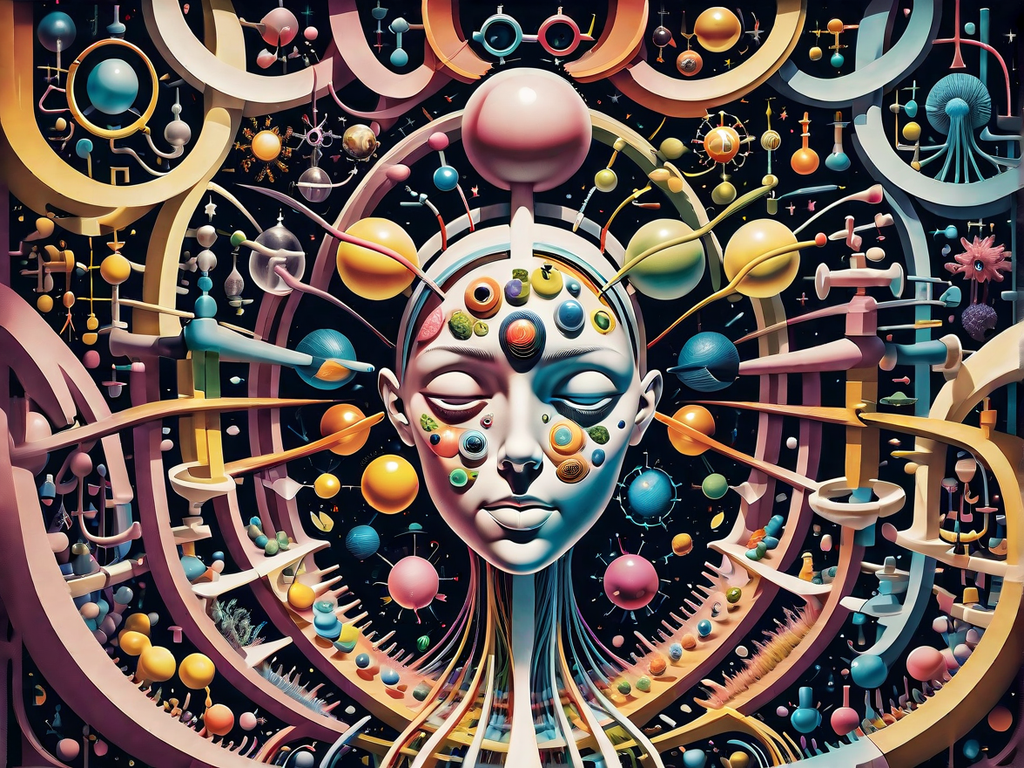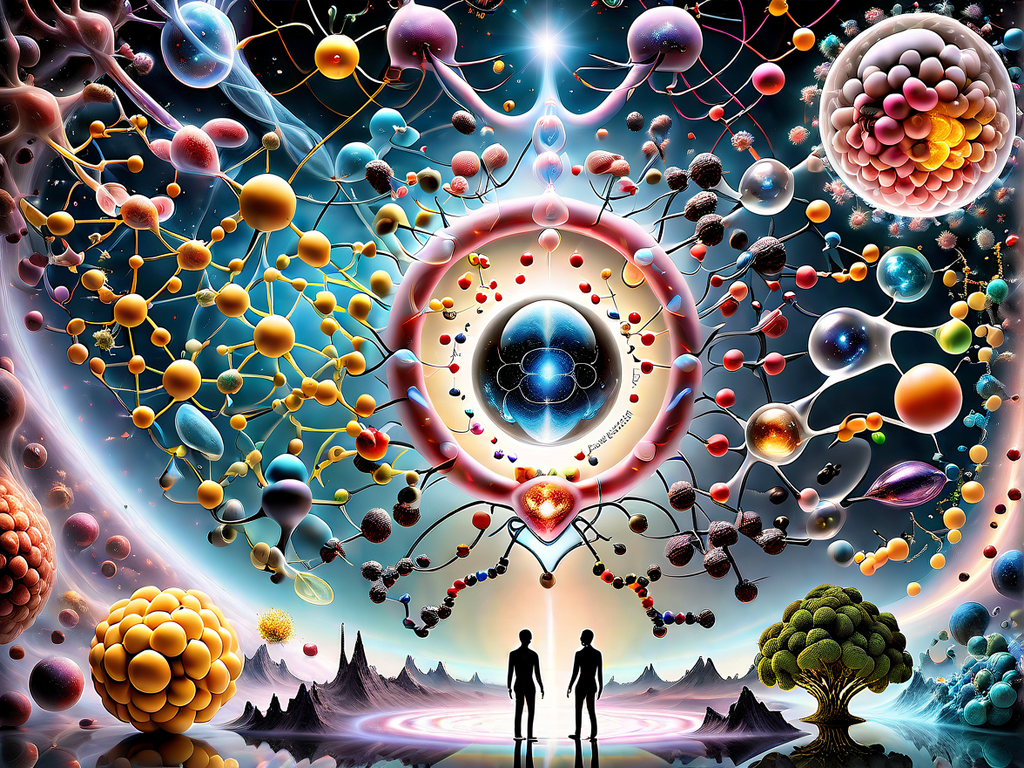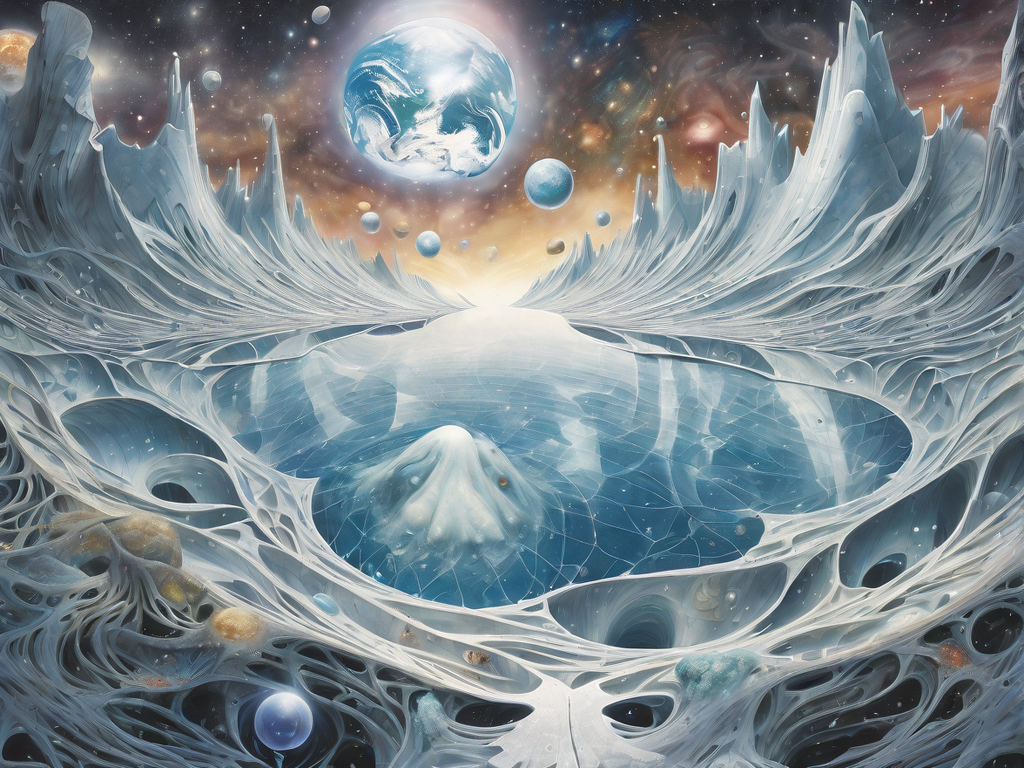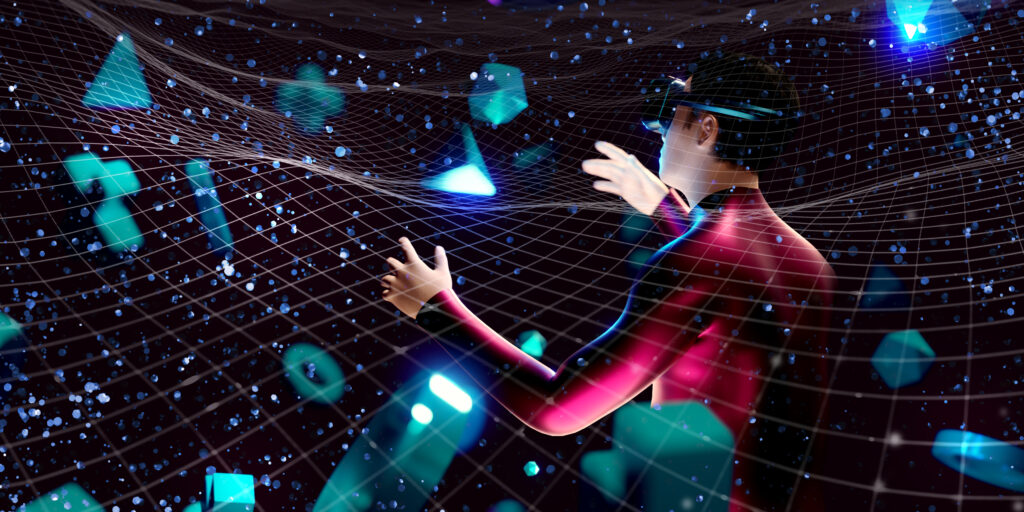The Science Behind Your Dreams: Unlocking the Unconscious Mind

Dreams have fascinated and perplexed humanity for centuries. These nocturnal adventures of the mind have the power to inspire, terrify, and confound. But what lies behind the curtain of our nightly visions? Modern science, with the help of psychology and neuroscience, has made significant strides in unraveling the enigmatic realm of dreams.
1. The Dream Cycle: Navigating Through Sleep Stages
Dreams are not random chaos but structured experiences that occur during specific sleep stages. Our sleep is divided into cycles, with each cycle containing various stages. Dreams predominantly occur during the rapid eye movement (REM) stage, and the content of these dreams is often vivid and emotionally charged.
2. The Role of the Unconscious Mind
Sigmund Freud, the father of psychoanalysis, proposed that dreams are the “royal road to the unconscious.” Modern psychology has adopted this perspective to some extent. Dreams can be a window into our unconscious thoughts, feelings, and desires, revealing aspects of our inner world that may be hidden from our waking consciousness.
3. The Interpretation of Dreams
Psychologists and dream analysts study the symbols, themes, and emotions present in dreams to decipher their potential meanings. While there is no one-size-fits-all interpretation, dream analysis can offer valuable insights into a person’s psychological and emotional state.
4. Dreaming for Memory and Learning
Dreams can play a crucial role in memory consolidation and problem-solving. Studies suggest that the brain processes and organizes information during dreams, aiding in the retention of knowledge and the resolution of complex issues.
5. Lucid Dreaming: Taking Control of Your Dreams
Lucid dreaming is a state where the dreamer is aware they are dreaming and can sometimes exert some level of control over the dream’s narrative. Researchers have developed techniques to induce lucid dreaming, allowing individuals to explore their dreamscapes with intent and curiosity.
6. Nightmares: Confronting Your Fears
Nightmares can be distressing, but they often serve as a mechanism for coping with fear and anxiety. The dream environment allows us to confront and process our emotions in a safe space, potentially leading to emotional healing.
7. Dream Disorders: When Dreams Turn Dark
Some individuals experience dream disorders, such as night terrors or recurring nightmares, that can disrupt their sleep and overall well-being. Understanding the science behind these disorders can provide insight into effective treatments and therapies.
8. Cultural and Symbolic Variations in Dreams
The content and interpretation of dreams can vary widely across cultures and individuals. What may be a universal symbol in one culture might hold a completely different meaning in another. The study of these variations sheds light on the cultural and personal dimensions of dream experiences.
9. Future Frontiers: Dream Recording and Manipulation
Advancements in neuroimaging and brain-computer interfaces are paving the way for new frontiers in dream research. Scientists are working on technologies that could potentially record and manipulate dreams, opening up possibilities for therapeutic applications and understanding the dream world more deeply.
10. The Art of Dream Analysis
Dreams have inspired artists, writers, and creatives throughout history. The surreal and symbolic nature of dreams often finds its way into art, literature, and other forms of expression. Exploring the interplay between dreams and creative endeavors is an exciting field of study.
Dreams remain a captivating and evolving field of scientific inquiry, shedding light on the intricacies of the human mind. While we may not have all the answers yet, the ongoing exploration of the science behind our dreams is a journey that promises to unlock the mysteries of the unconscious mind.






